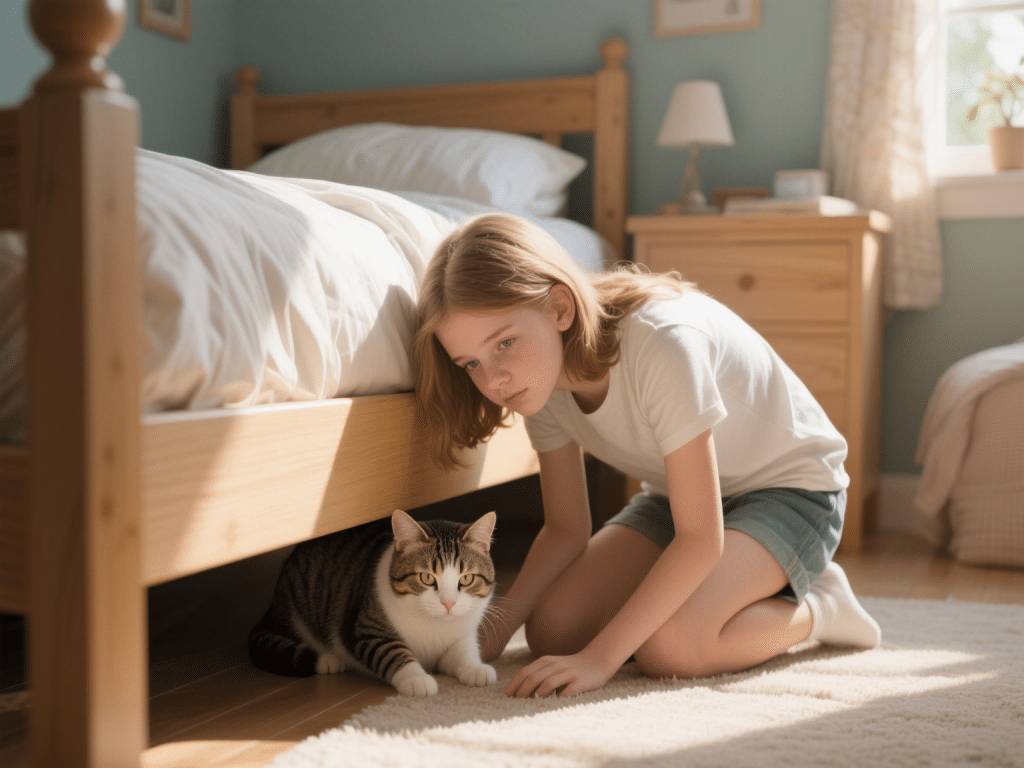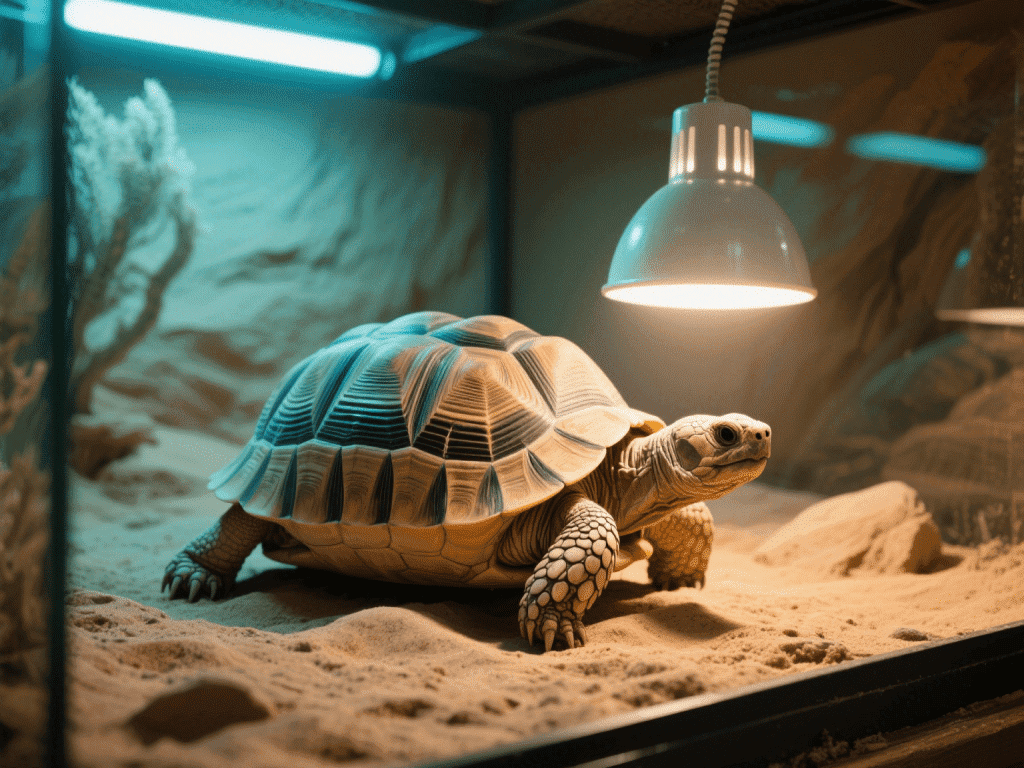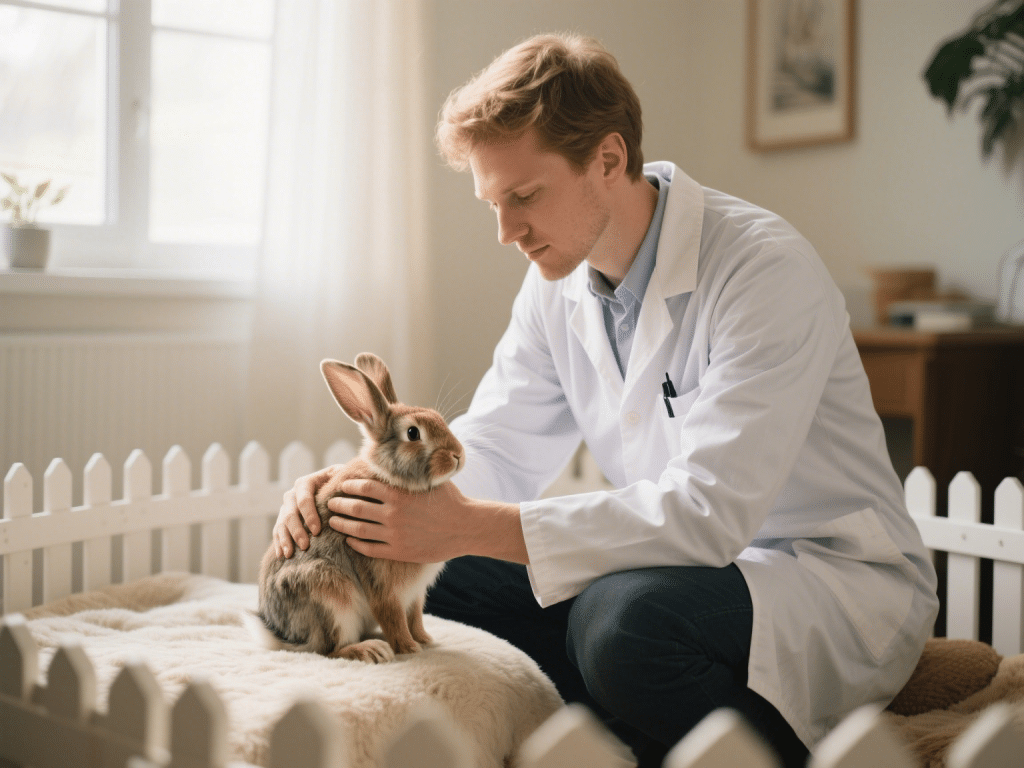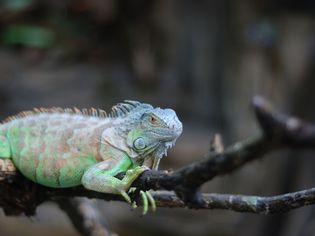Why Is My Cat Hiding? Signs, Causes, and Solutions

Cats instinctively seek hidden, enclosed spaces to feel safe. However, prolonged or excessive hiding can signal stress, illness, or environmental discomfort. As a feline welfare specialist and 12-year cat guardian, I’ve decoded countless hiding behaviors. Let’s explore why your cat retreats and how you can encourage them back to the spotlight.
1. Common Reasons Cats Hide
Stress & Anxiety: New home, visitors, or household changes.
Illness or Pain: Cats conceal vulnerability; hiding can indicate injury or disease.
Temperature Regulation: Seeking warmth or coolness in specific spots.
Natural Instincts: Predatory and prey instincts drive them to seek cover.
2. Identify Worrisome Hiding
Consider veterinary consultation if hiding is:
Sudden or Extreme: Your usually social cat vanishes for days.
Accompanied by Other Signs: Loss of appetite, lethargy, or vocal changes.
In Inaccessible Spots: Behind appliances or inside vents—potential danger.
3. Creating a Cat-Friendly Environment
Safe Retreats: Provide covered beds, cardboard boxes, or igloos in quiet corners.
Vertical Territory: Install shelves or cat trees so your cat can survey from height.
Consistent Routine: Feeding, play, and interaction at regular times builds trust.
4. Gentle Encouragement
Interactive Toys: Use wand toys near hiding spots to coax movement.
Food Lures: Warm wet food or treats placed gradually closer to open areas.
Calming Sounds: Soft talking or classical music can reassure.
5. Pheromone & Nutritional Support
Feliway® Diffusers: Mimic feline facial pheromones to reduce stress.
Calming Supplements: L-theanine or tryptophan formulas (vet-approved) ease anxiety.
Hiding is a natural feline behavior, but persistent seclusion often signals a need for adjustment or medical care. By observing patterns, enriching your cat’s environment, and providing gentle encouragement, you’ll help your cat emerge from the shadows—happy, confident, and ready to engage.









Comments on "Why Is My Cat Hiding? Signs, Causes, and Solutions" :